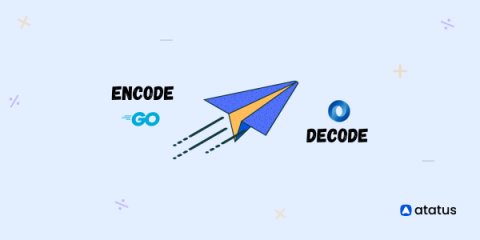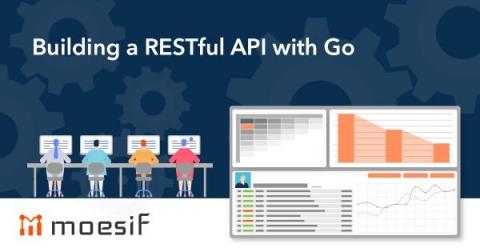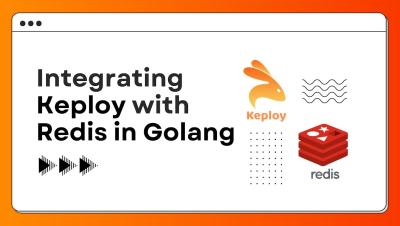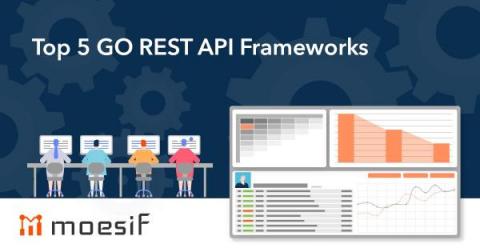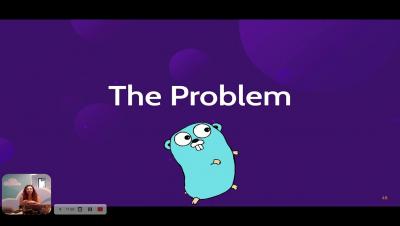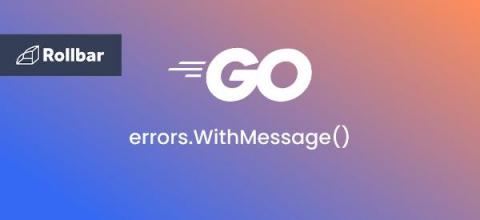How to use JSON in Golang?
JSON is among the most popular data exchange formats, while Go is mainly used for software development. In Go, the encoding/json package provides built-in support for encoding and decoding JSON data. With this package, Go programs can easily read and write JSON data to communicate with external systems, such as web services or databases, or to exchange data between different components of the same program.


